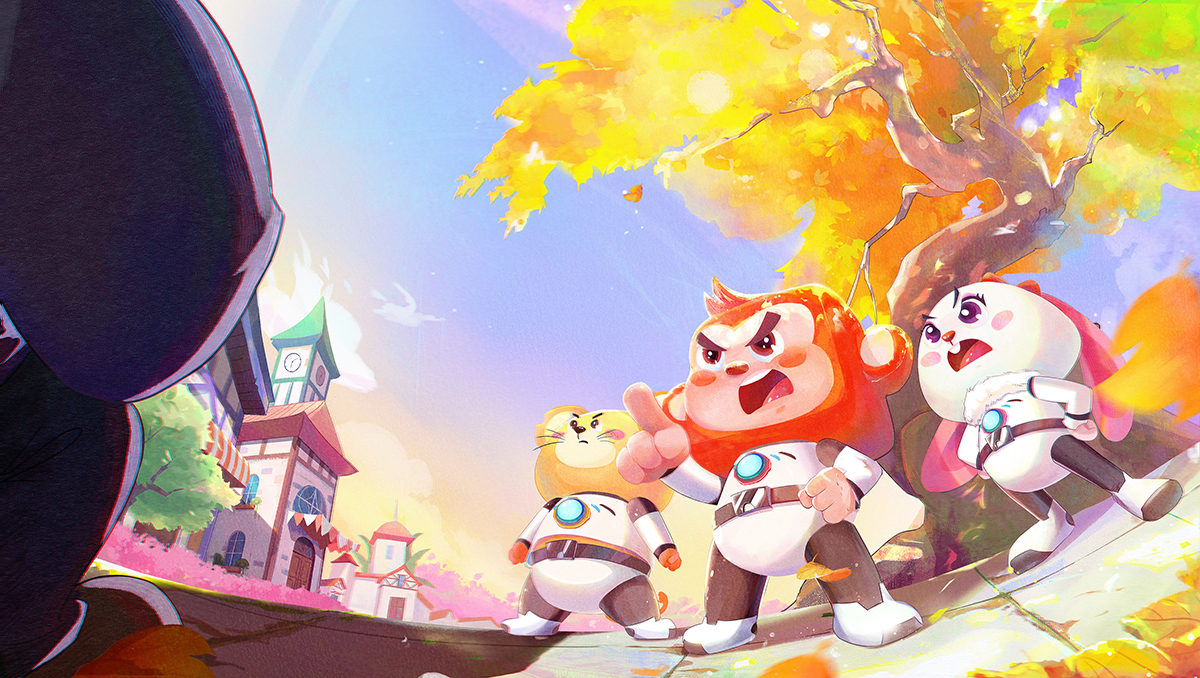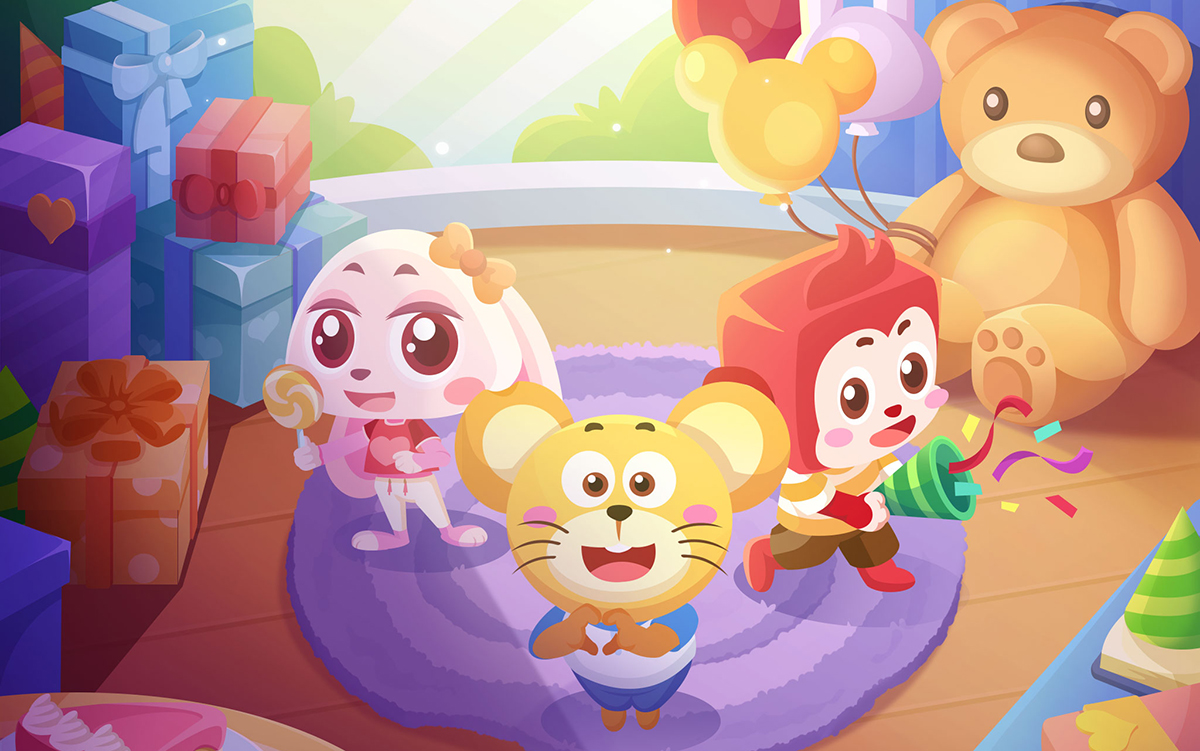
From “Paw Patrol” to “Blue’s Clues,” nothing can make a child smile like their favourite cartoons. Animation has been one of the most popular media for children’s entertainment since “Fantasmagorie” in 1908, considered the first ever animated film for kids. We know children love watching cartoons but is animation only good for entertainment or can it help kids learn? In this blog, we are going to check out some ways that animation can help students learn new concepts. Here is the first installment of our new series “Education and Innovation: 4 exciting ways animation helps kids learn.”
1. Animation for more than just entertainment
With bright colours, fun characters, and exciting stories, animation is a fun and exciting way for families to spend time together and engage in a different way of learning. The first step to helping kids learn is putting them in a situation where they want to learn. Animated shows and videos help grab kids’ attention with fun stories and vibrant visuals. When kids are more engaged and interested in the concepts they are learning, they are more likely to retain that information.
In a recent educational technology study, researchers point out that by engaging kids, cartoons help kids understand a complex set of ideas, develop their working memory, motivate them, and foster the development of a visual learning style. Being engaged in what they are learning helps them not only retain knowledge but develop other important learning skills like memorisation and visual learning.

2. Kids learn better visually
Kids’ shows, videos, and movies are able to create an environment where kids can connect with new concepts in a way that speaks directly to them. By having a visual representation of new concepts, kids have a reference point for learning new skills. These skills can start with simple social norms to understanding complex math and science concepts.
Learning with visuals isn’t the same thing as learning through memorisation. In a study published by the Central European Management Journal, animations made the learning process simpler and more enjoyable by using cartoons. As a teaching tool, cartoons can help students understand complex subject matter. Puzzle, matching, and collaborative games teach the students to work and learn in a team. Cartoons can better illustrate more difficult concepts than words or equations for younger learners. Visuals might be the key to unlocking a child’s academic potential.
3. Animations help social learning
A huge part of classroom learning is being able to communicate with teachers and other students. Educational cartoon series are great at introducing social skills to kids, especially before entering school. Character interactions can teach skills like being kind, thoughtful, and courteous. Their actions give students a positive representation of social norms and structures.
With kids having an understanding of positive social skills, they create a better environment for teachers to communicate new skills. This also gives children the comfort and safety of a classroom where they can ask questions and share knowledge. Children being able to communicate skills and ideas between themselves helps build real knowledge about a subject.
It’s important that the animation children watch is designed specifically for their age group. While they can retain good traits, if they are shown inappropriate animation, like “Family Guy” or “Rick and Morty”, they can also pick up negative social cues and traits. With the right stories and characters, animation can help build the foundation for a safe and communicative social environment, perfect for learning.

4. Kids feel represented by characters
Diversity in how characters are represented in cartoons is important in helping kids connect with characters and concepts in real ways. Cultural representation in media is important for showing positive images of kids no matter their background. When kids see characters, that look and sound like them, who are capable of learning using new and complex skills, those skills become a real skill they learn.
While cultural representation is important in cartoons, different educational personalities and learning abilities are also important to show in animation. If all the characters in an animated video learn easily and without struggle, students who struggle with a concept may get self-conscious about their ability. For students who concepts faster, characters who are passionate about certain subjects can support their passion for learning. Students learn at different rates and in different ways. By seeing representations of different types of students, kids can feel comfortable asking questions, asking for help, or even asking for more challenges.
Spark Education uses Animation to Help Kids Learn Math and so much more!
Spark Education uses animation and characters, hand-in-hand with live teachers and gamified lessons, to make a comfortable and effective learning environment for kids. Our students are engaged by the visually captivating animated lessons. Seeing their own learning styles and personalities in the Spark characters, they feel confident to take chances and work with other students to solve problems and learn skills. Combining animation, students, and teachers fosters an atmosphere for educational all-stars.
In the next blog in this series, we examine how the Spark characters, Abby, Benny, and Casey, help kids learn during online classes. Find out how the Spark characters connect to kids’ different learning personalities and how feeling represented will help them get passionate about education!
Spark Education Learning Centre provides enriching in-person lessons that help our students master Math and Chinese. Our programmes utilise gamified lessons, high-tech classrooms, and manipulatives that promote interactive and hands-on learning. At Spark Education, we create a vibrant and engaging world that fosters a love of learning within your child.
Spark Math is available to K2 to P2 students, and Spark Chinese programmes are open to students of varying levels of proficiency. Schedule a consultation with us to find out your child’s learning gaps and experience a free trial class.
For more great news and activities the whole family can enjoy, check out our Spark Math blog. Head over to our Pinterest Page for more fun activities!




